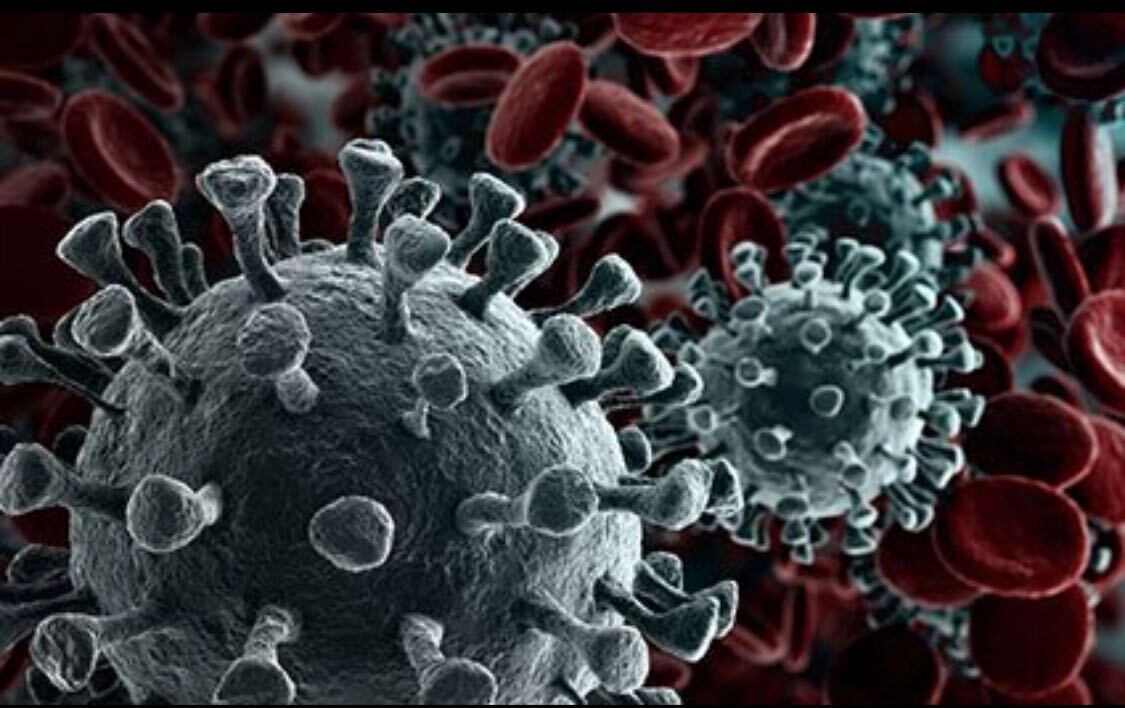There is new research that reveals that coronavirus is destroyed by sunlight. This was announced on 23 April by a senior US official. This research, however, hasn’t been made public to the general population as the research would still be externally evaluated.
William Bryan of the Department of Homeland Security secretary disclosed that scientists detected ultraviolet rays to have an impact on coronavirus. This translates that the infection cycle may be highly flattened during summer.
The science and technology advisor said distinctive observation currently is the strong impact ultraviolet ray appears to have in destroying the virus in the air and also on different surfaces. In the same breath, William stated that temperature and humidity have a strong impact on coronavirus. An increase in temperature and humidity also appears to weaken and destroy the virus.
However since the paper for the experiment hasn’t been submitted to the general public, independent experts are yet to comment on how strong this research is. More importantly, it is important to know the strength and wavelength of the solar light used and during the research in comparison to the sunlight during summer. The chair of biological sciences University-Texarkana, Benjamin Neuman stated that it is imperative to know the process of the new research and also how the results derived were measured.
William Bryan also shared a summary of the observations and findings of the new research. This revealed that when the temperature was 70 to 75 degrees Fahrenheit, it took the coronavirus 18 hours to be weakened to its half-life.
This was carried out on a non-porous surface (surfaces that don’t allow liquid or air to flow through it) with the humidity kept at 20%. The half like from 18 hours dropped to 6 hours when the humidity was intensified to 80%. And the 6 hours fell to two minutes when sunlight was used in the equation.
The experiment was also carried out with the virus suspended in the air. When the temperature was 70 to 75 degrees and 20% humidity, the virus’s half-life was an hour. When sunlight was used, the initial one hour fell to I minute 30 seconds.
US health authorities believe that off the chance COVID-19 drastically falls during summer, it may intensify again during winter and fall. Bryan stated that although suggested that the virus may be reduced drastically during summer, social distancing measures cannot be ruled out. It is a general knowledge that ultraviolet light which is in an invisible part of the “electromagnetic spectrum” has a sterilizing effect on the virus. It makes the virus unable to reproduce and also destroys its genetic material.


